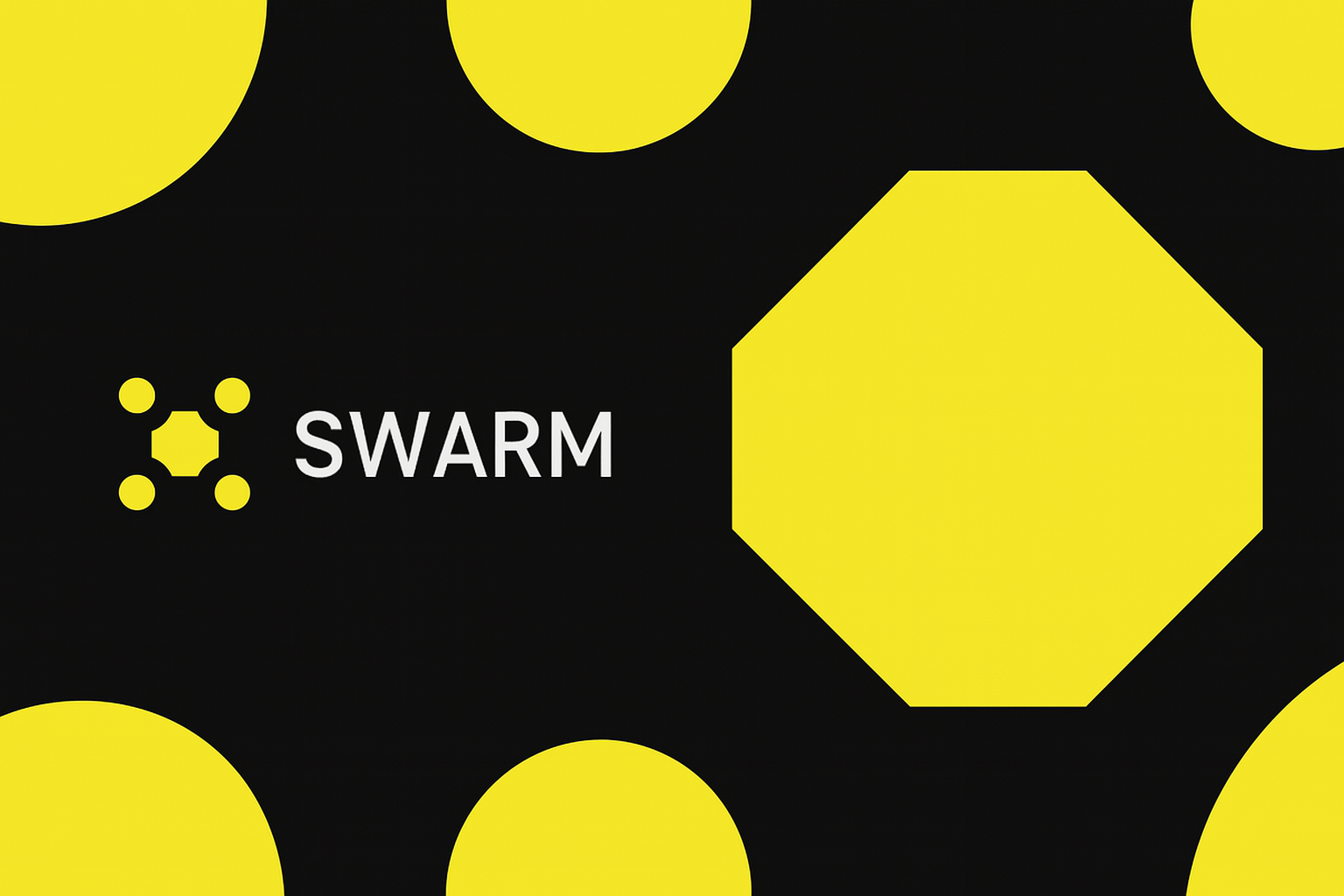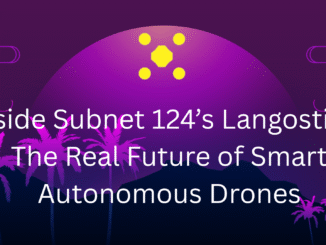
October marked a turning point for Swarm (Subnet 124), Bittensor’s first robotics subnet. In just a few weeks, the team refined their model evaluation system, expanded testing environments. They also took their first real step into the physical world with a successful autonomous drone flight.
Smarter Maps, Smarter Models
Training AI to navigate the real world starts with how well it understands space. Swarm introduced a major upgrade this month, expanding from one uniform map to three unique types that test different aspects of a model’s intelligence:
a. Type 1: Standard terrain for general navigation
b. Type 2: Complex, obstacle-rich maps for (Light Detection and Ranging) LiDAR-heavy missions
c. Type 3: A simpler environment designed to encourage speed and generalization
Each map type carries its own weight in training (40/30/30), helping ensure models learn to adapt rather than overfit to one predictable pattern.
Fairer Evaluation, Better Competition
To make miner rankings more consistent, Swarm overhauled its evaluation process. The performance window was expanded from 10 to 250 runs, giving a clearer picture of long-term model quality. A new “low-performer filter” also helps maintain standards by temporarily pausing models that consistently underperform, while still giving newcomers a fair 20-run grace period to improve.
Together, these changes make the system more transparent and reliable, a foundation for fair competition as the subnet grows.
Taking Flight
In one of its biggest milestones yet, the Swarm team successfully conducted its first autonomous outdoor flight.
The prototype drone, affectionately named Langostino, navigated to its waypoint on its own before being safely landed manually. It was a small step for one drone, but a major leap for the subnet’s real-world ambitions.
Sharing Knowledge, Building in Public
Swarm also kicked off a new technical blog series called Swarm Prototype, offering readers a behind-the-scenes look at how the team is building and testing its drones. The first two parts detail the hardware setup and control stack powering their experiments.
Meanwhile, a new monetization blog outlined how Swarm plans to turn high-performing AI models into a sustainable business — and why the Bittensor ecosystem offers the perfect foundation to do so.
From Mexico to the World
Swarm closed the month on a high note with a live appearance at Mexico Tech Week. Swarm’s founder joined leaders from BT Labs, Yanez AI (Subnet 54), and DCG to discuss “Bittensor and (Latin America) LATAM’s Historic Opportunity.”
The event was a chance to showcase Swarm’s vision and connect with innovators driving decentralized AI forward in LATAM.
Looking Ahead
October showed what happens when research meets execution. From expanding virtual maps to testing real drones in open air, Swarm is steadily proving that robotics on Bittensor isn’t just an idea. It’s a strong indication that it’s becoming reality.




Be the first to comment